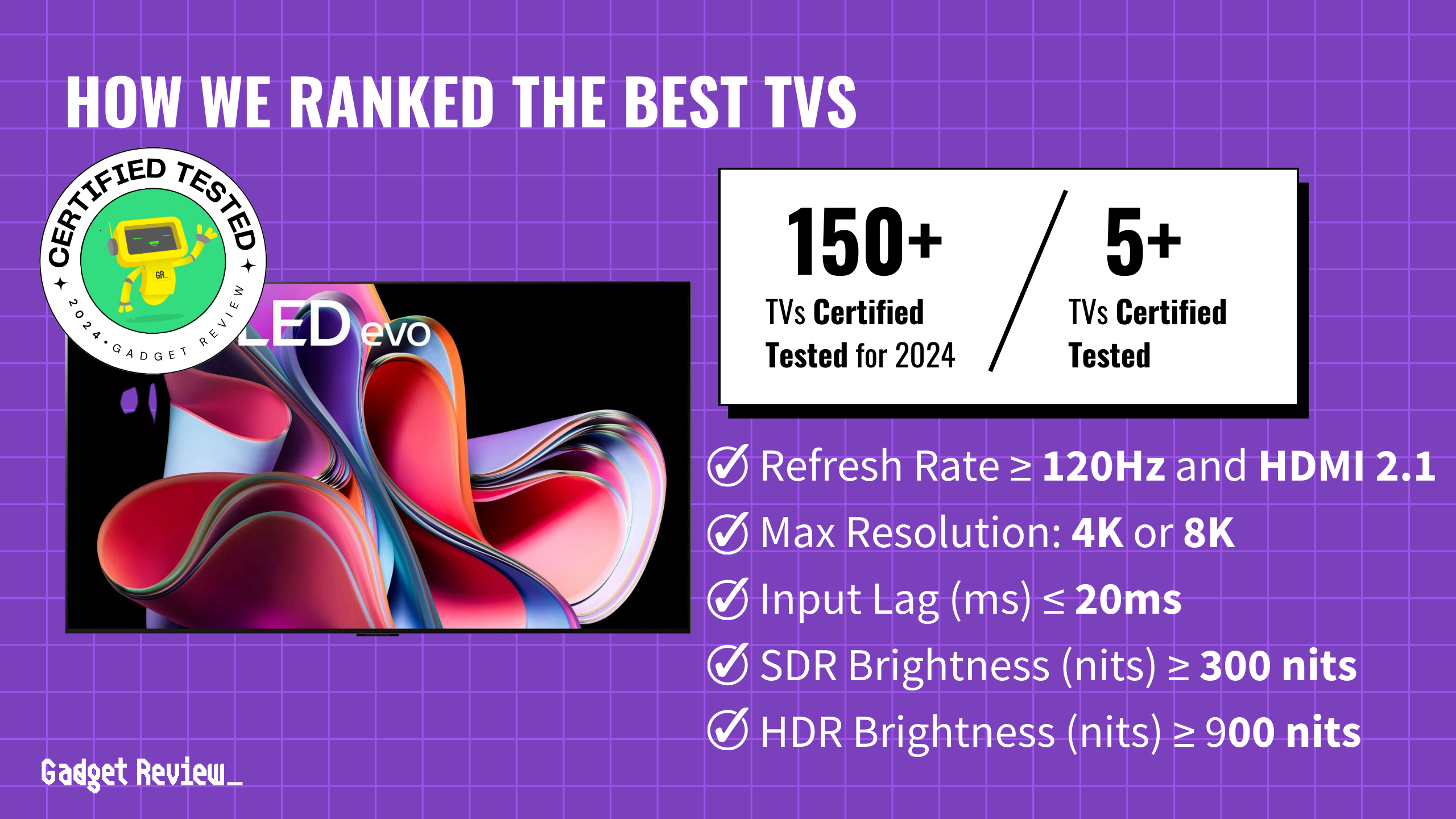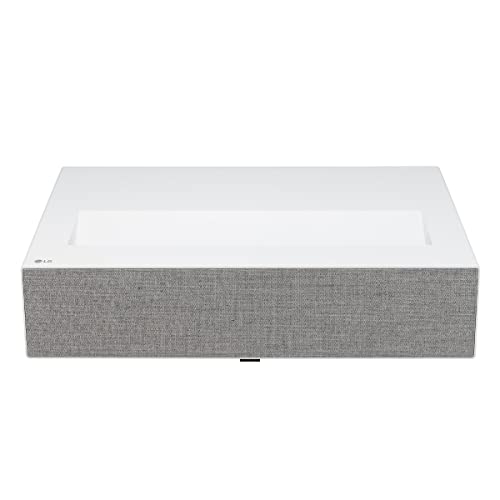Oxford University researchers announced today a breakthrough in quantum computing by successfully connecting separate quantum processors through optical fibers, marking a significant step toward practical quantum supercomputers.
Why it matters: The achievement fundamentally changes how quantum computers can be built by enabling a distributed architecture that overcomes the primary challenge of scaling up quantum systems to useful sizes.
Technical Innovation: The research team developed a novel approach that mirrors classical supercomputing architecture while preserving quantum properties:
- Linked processors via optical fibers
- Demonstrated quantum teleportation of logic gates
- Created scalable modular design
Real-world Impact: The breakthrough promises to accelerate development across multiple fields by enabling quantum computers to tackle previously impossible calculations:
- Drug discovery and materials science
- Climate modeling and weather prediction
- Financial risk analysis and optimization
Dive Deeper: The distributed architecture solves quantum computing’s critical “scalability problem” – the challenge of building machines with enough qubits to be practically useful. Rather than trying to pack millions of qubits into a single device, the Oxford approach connects smaller quantum processors into a unified system.”
Previous demonstrations of quantum teleportation have focused on transferring quantum states between physically separated systems,” said Dougal Main, lead researcher at Oxford’s Department of Physics. “In our study, we use quantum teleportation to create interactions between these distant systems, effectively ‘wiring together’ distinct quantum processors into a single, fully-connected quantum computer.”
Professor David Lucas, principal investigator of the research team, emphasized that while the demonstration proves distributed quantum computing is feasible with current technology, significant engineering challenges remain before practical deployment.
The research, published in Nature, establishes a foundation for building large-scale quantum computers without requiring massive single-device architectures. This modular approach allows for gradual scaling and easier maintenance since individual processors can be upgraded or replaced without disrupting the entire system.




















